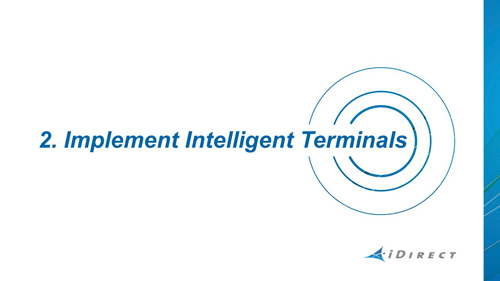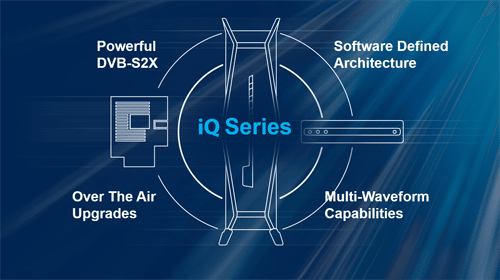
This is part two of a five-part series about harnessing HTS and DVB-S2X to its fullest potential and being ready for the future of our industry. Read Part I – Enabling Higher Capacity Efficiencies.
When it comes to operating an efficient network and managing scale for an HTS/DVB-S2X platform, the key is to implement intelligent terminals. And the remote design enabled with full DVB-S2X capabilities is a critical aspect of delivering performance and efficiency gains to the overall solution.
Traditionally, satellite remote performance and features were over-engineered to future capabilities to avoid having to swap out the remotes soon after rollout. The features were largely encoded in hardware, and pay-as-you-grow, while well established for various hub-side capabilities, were not available for remotes. As such, the latest remotes carry a high cost to operate and could become a network’s single greatest cost factor when rolling out large networks.
Today, service providers need a remote solution that’s engineered with a high degree of flexibility to adapt to changing requirements while only paying for the capabilities that you really need at any given time. Through software-defined and reprogrammable remote architectures, the next generation of remotes can be continually upgraded over the air to increase network capabilities and throughput levels, while dramatically extending the deployment life in the field.
This software-defined architecture also allows to incorporate support for other waveforms in the future, whether for working more efficiently on different GEO HTS platforms or different orbits such as MEO and LEO altogether.
Bottom line? Look for a provider with a full range of remote capabilities and form factors that operate on a common platform across all markets.
Get an in-depth look at the top 5 considerations to choosing a HTS/DVB-S2X platform to help satellite operators and service providers forge the most intelligent path toward tomorrow’s growth.
Take our poll:
